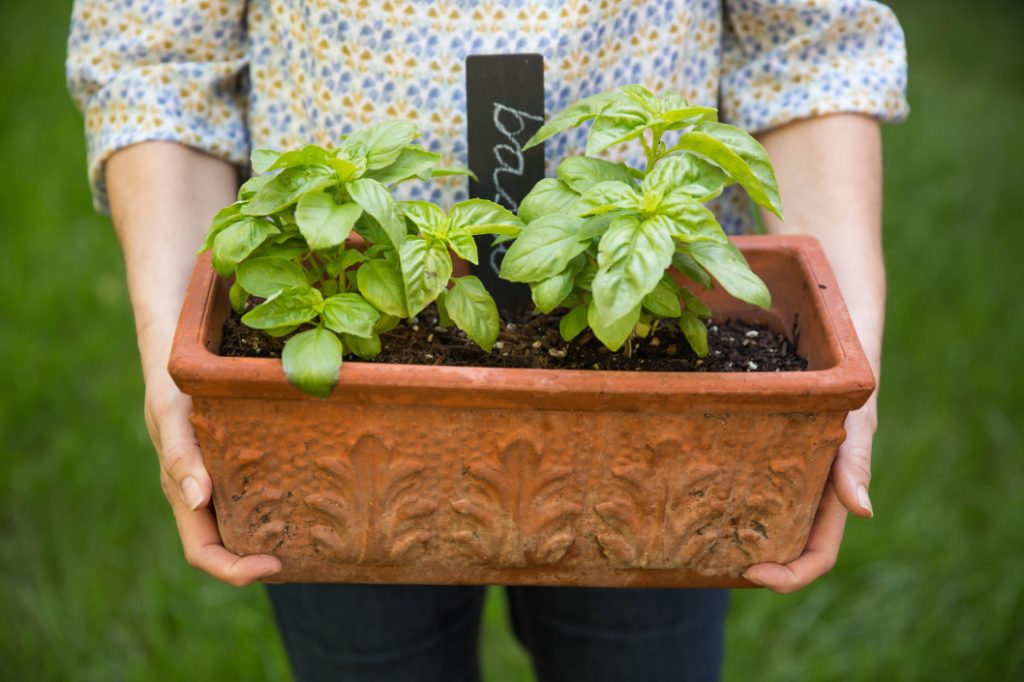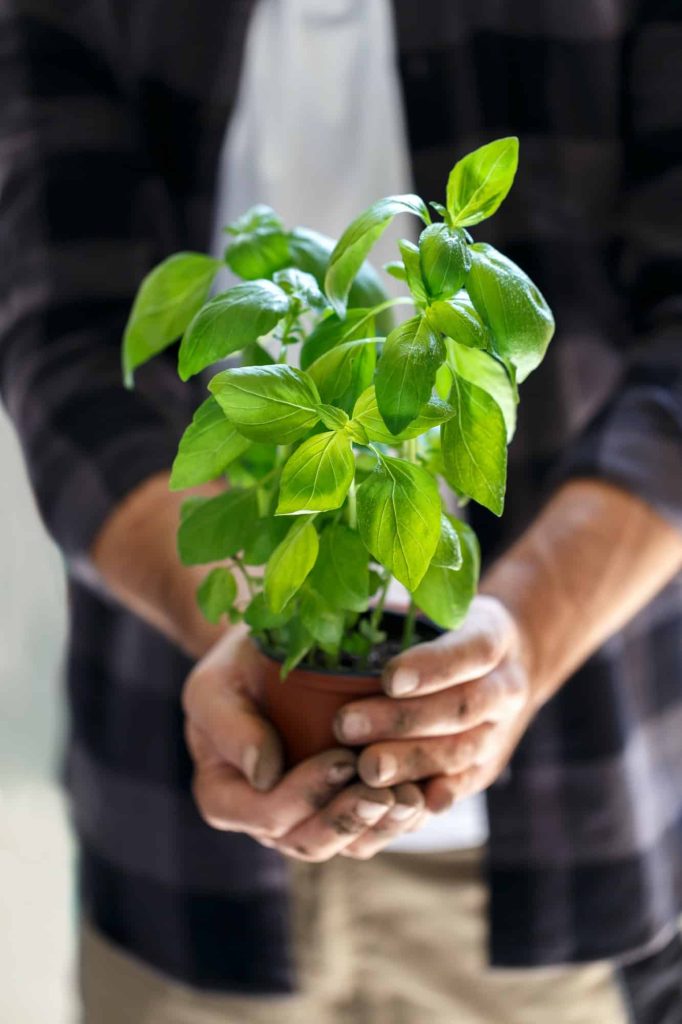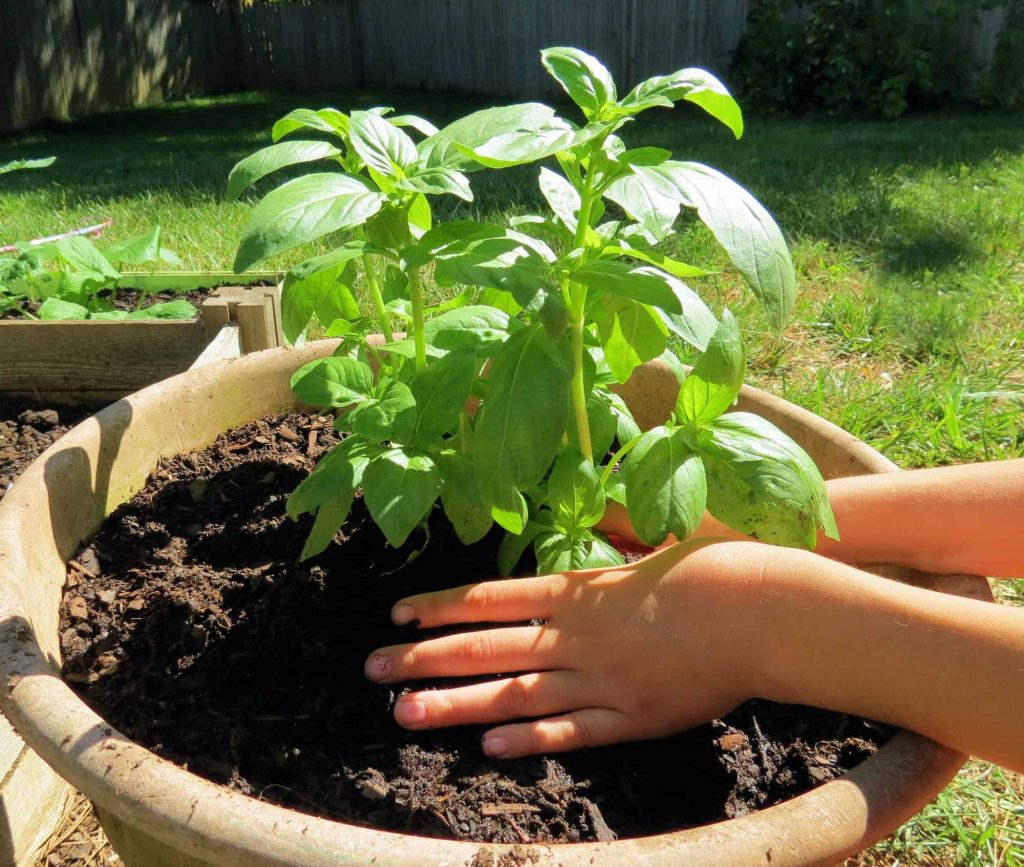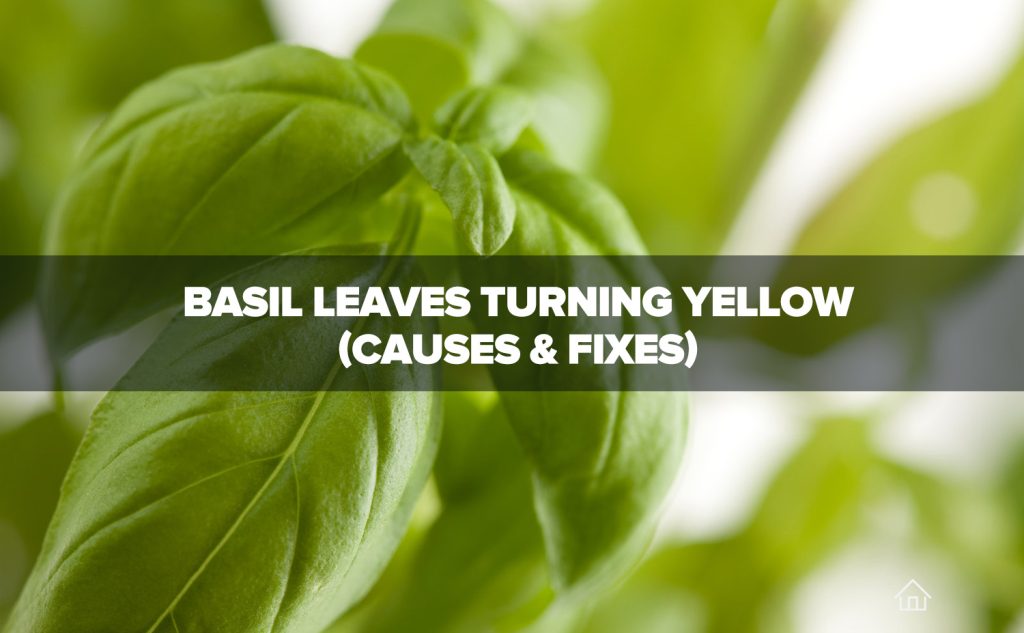Why are my basil plant leaves turning yellow? Are there solutions to fixing this? Growing this plant may be easy but also technical, as it might require you to take certain precautions and care for it like a baby.
Aside from the care which is important for the growth of all plants, growing basil is easy.
However, the enemy of a gardener is lack of productivity which renders the effort of the gardener null. Basil plant is common for yellowing of leaves which can be caused by various reasons like Lack of nutrients, overwatering, lack of sunlight, and downy mildew.
Here’s an article that would be discussing insights on how to rightly plant basil leaves, several causes of your basil leaves turning yellow, and how to prevent these causes.

Planting Basil At Home
Basil is a warm-weather herb, being one of the most popular herbs grown in the home garden.
This plant is rich in vitamins, and minerals, while Its essential oil may also have medicinal benefits. Planting basil can be very easy and simple if done in the right way. Consider the availability of sunlight for the area you are planting your basil, as it is also necessary to take note of drainage.
Mostly, the basil plant’s early life starts from nursery condition in a greenhouse then it can be transplants outdoor or to any other desired location. In a situation where you decide to grow basil through seeds, it is advisable you start growing it indoors for at least six weeks before introducing them to outer space.
Growing basil in a container is better. To be successful, you have to use a large and deep container, keep the soil moist, use soil that is good in water retention, and make sure there is proper spacing between the plants as it helps you reduce disease transmission and contesting for the soil nutrients.
Why Are My Basil Plant Leaves Turning Yellow?
The awkward situation of basil plant leaves turning yellow is unfortunately common, and there are a series of reasons as to why this may be happening even when you feel like you have been doing a good job at growing your plant.
Among some of the causes are disease infestation, and too much water application, let’s look closely at some of these reasons:

1. Lack of Sunlight
Basil like any other plant needs sunlight to survive, hence why it is important for your plant to be in a spot of abundant sunlight. Inadequate sunlight slows down the process of photosynthesis which will in turn delay the growth, while the plant starts to show signs of nutrient deficiency which can come in the yellowing of the leaf and may eventually lead to the death of the plant.
2. Too much water
As essential as sunlight is to the growth of plants, so is water. Water is life! But even as humans, too much water can be harmful to your health. If so, then why feed plants with too much of it? Over the years, excess water as being associated to root rot in plants.
This too much water causes the cells of the plant to swell, and as you keep feeding it more, it will swell to its elastic limit and eventually burst. This burst will kill the cells of the plant.
This will then result in the plant not being able to take up necessary nutrients, and remember yellowing leaves can also mean a lack of nutrients.
3. Lack of nutrients
Yellowing basil leaves could be a sign of nutrient deficiency. Due to your soil type and land usage, nutrients needed to properly grow your plant might be lacking in the soil.
This lack of needed minerals can be rejuvenated by the use of fertilizer or compost manure. It is therefore advisable that before planting basil, the soil should be treated with compost or organic vegetable fertilizer.
Down to Earth Organic Vegetable Garden Fertilizer. Check on Amazon*.
4. Disease and pest infestation
If you plant without having a solid plan against pests and diseases, it is just like eating expired products. There are several fungal diseases that can be the cause of yellow leaves on basil plants, the most notorious of which is downy mildew.
Downy mildew is a fast-spreading fungus recognized by yellowish basil leaves and fluffy fungal growth on the undersides of the leaves. Cutting affected leaves or part of the plant may be a solution to help stop the spread, while disposal of the whole plant might be the remedy for a situation where you are unable to control it.
This measure helps refrain it from spreading to other plants. So also, when planting you want to avoid overcrowding as this will only aid the growth and spread of diseases.
How to Prevent Leaf Yellowing in Basil Plant
Here are some steps to take to avoid the yellowing of basil plant leaves in your home garden.
1. Proper Spacing
Yellow leaves in plants are more associated with nutrient deficiency, while anything can lead to nutrient deficiency in plants, some of which we have already talked about in this article.
Proper spacing is often the key to healthiness in most gardens. You don’t want to stuff your garden with plants using inappropriate spacing leaving your plants to compete for almost everything. Below is some adverse effect of improper spacing:
- Plants compete for soil nutrients
- Plants compete for sunlight
- It facilitates the rapid spread of pests and diseases.
So, planting basil plants in a container outdoors you want to avoid planting too many seeds in a container and if you have already grown it in an overcrowded manner, you might as well consider thinning.
Thinning is the removal of some plants, or parts of plants, to make room for the growth of others. In the case of several containers, you may want to give space between each container.

2. Use Pesticides
Pesticides are substances that are meant to control pests. This will ensure that your garden is pest free. But when getting a pesticide, ensure to be aware of the type of pest that is infesting your garden. This helps you get the pesticide capable of annihilating these pests.
Frequently Asked Questions
Should I remove yellow leaves from the basil plant?
Yes, you might want to consider pruning your plant to remove affected leaves. Affected areas of your plant should also be pruned to avoid spreading in the case of disease infestation.
Why do basil plant leaves turn yellow?
Yellowing of leaves in basil plants can be associated with a lot of things, the common of which is downy mildew, a disease identified by yellow leaf and fluffy fungal growth. Lack of nutrients, too much water, and lack of sunlight are also a reason for causing the yellowing of leaves.
What does an overwatered basil plant look like?
Overwatered basil plant can be identified by the rot of its root which over time will be visible on the stem as well, as yellow and droopy leaves.
How often should basil be watered?
Your basil plant should be watered at least once every 3 to 4 days, to keep the plant healthy. It is best to adjust the watering frequency as the sun or temperature increases or decreases.
Conclusion
Basil is an herb in the mint family whose usefulness in the culinary industry can not be overemphasized. The plant gained popularity for its health benefits and the aroma it brings to a meal. Over the years, gardeners have been successfully able to plant basil in their gardens.
However, the yellowing of leaves became a common constraint among gardeners. Yellowing of leaves in basil plants can be associated with a lot of conditions, downy mildew being at the forefront of it all, with its characteristic yellow leaf and fluffy fungal growth.
Other conditions such as lack of nutrients, too much water, and lack of sunlight can also relate to the yellowing of leaves in the basil plants.

